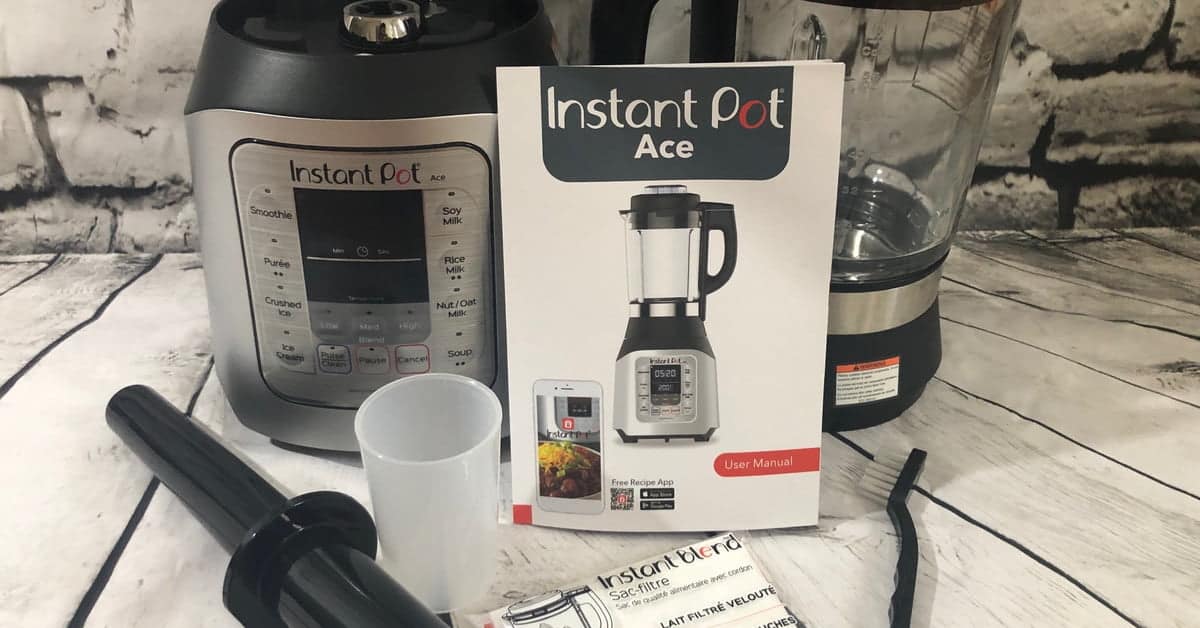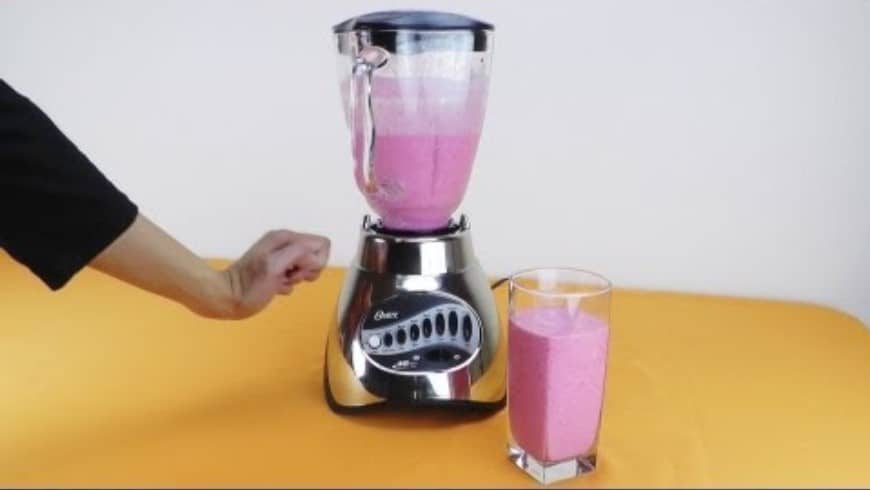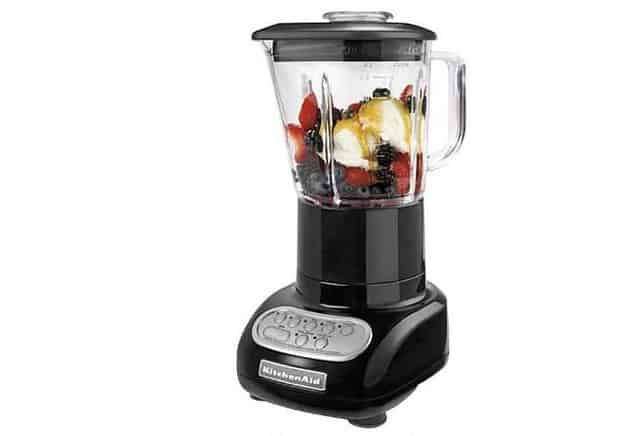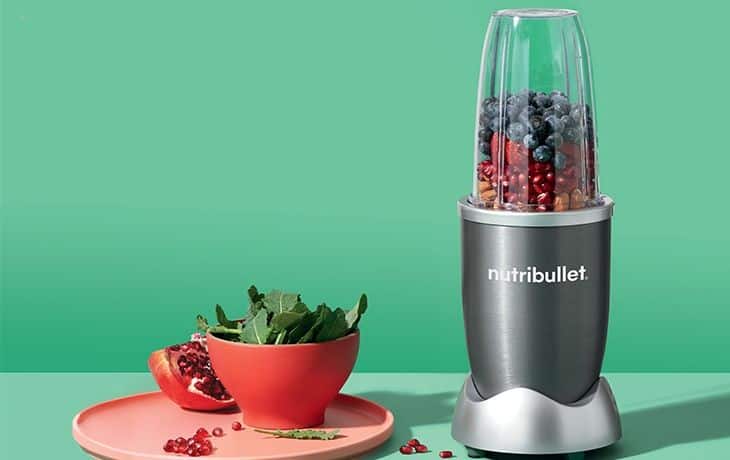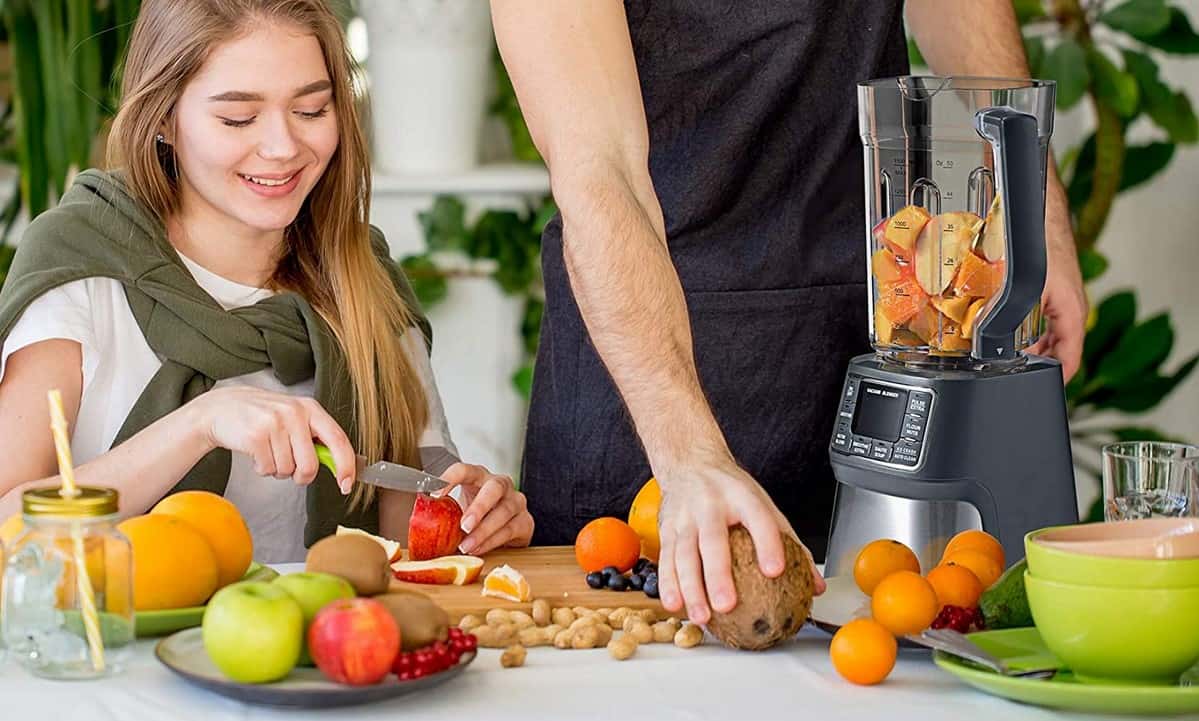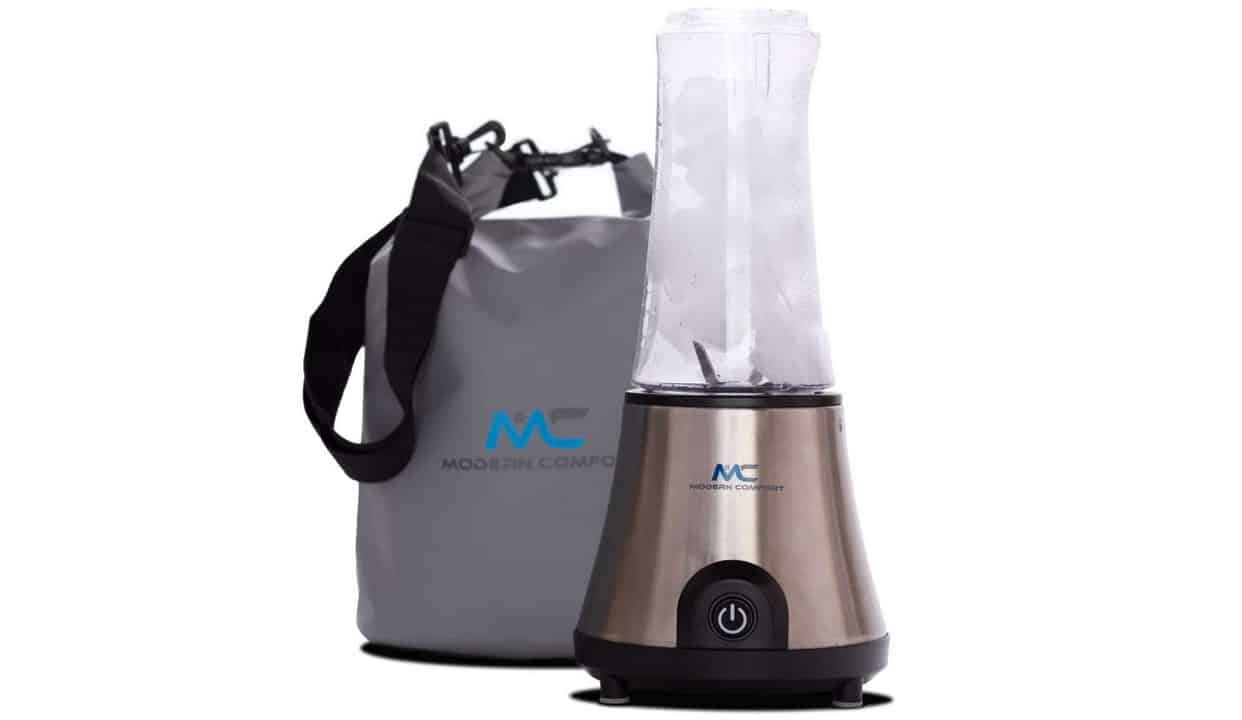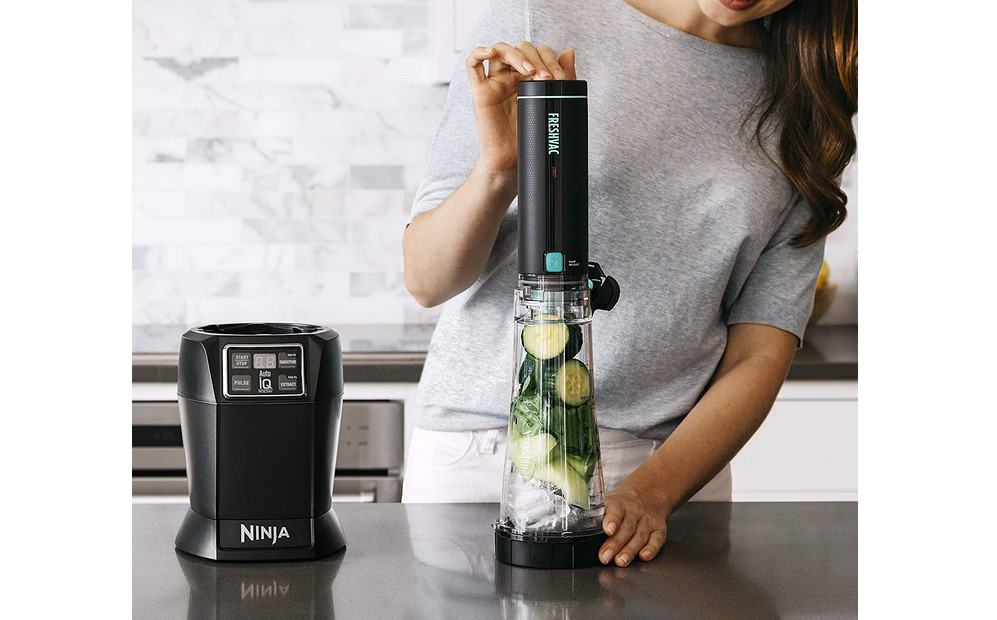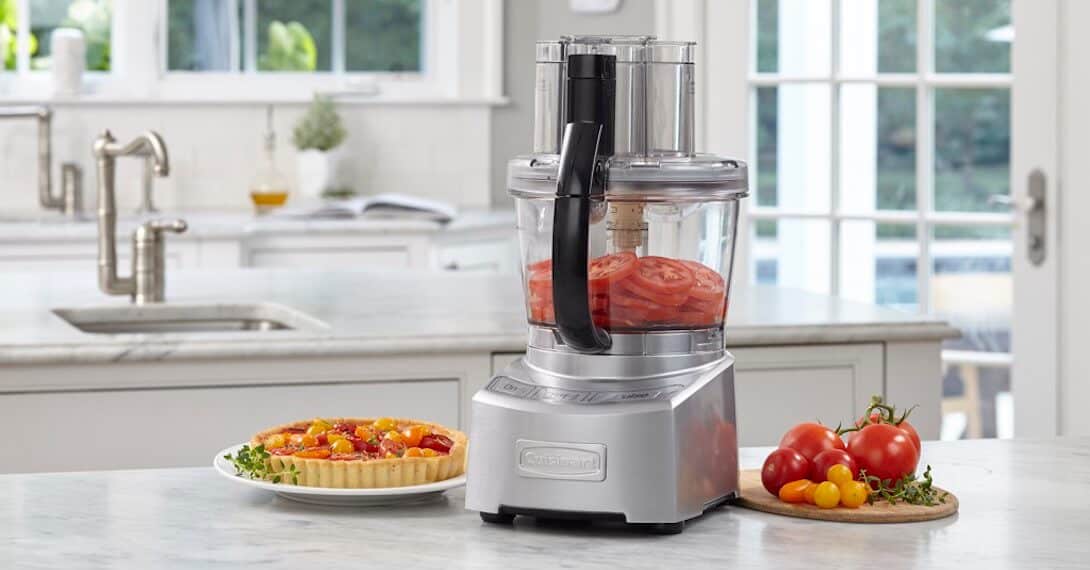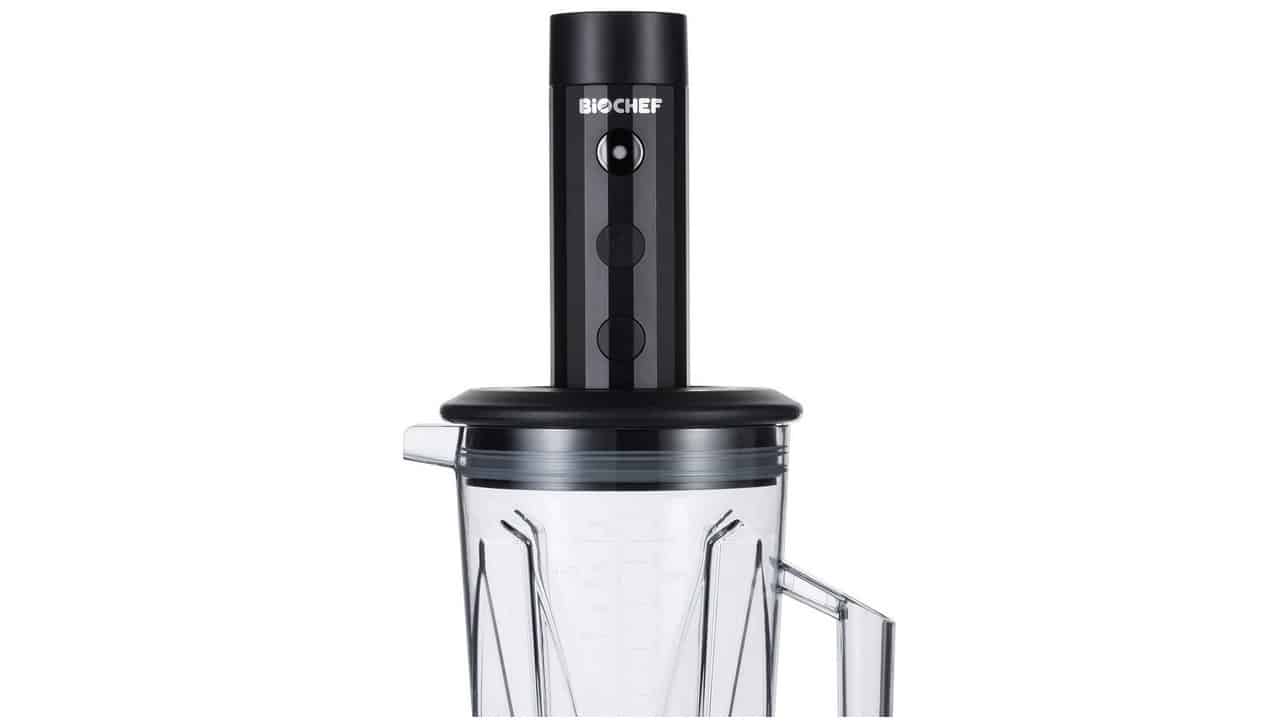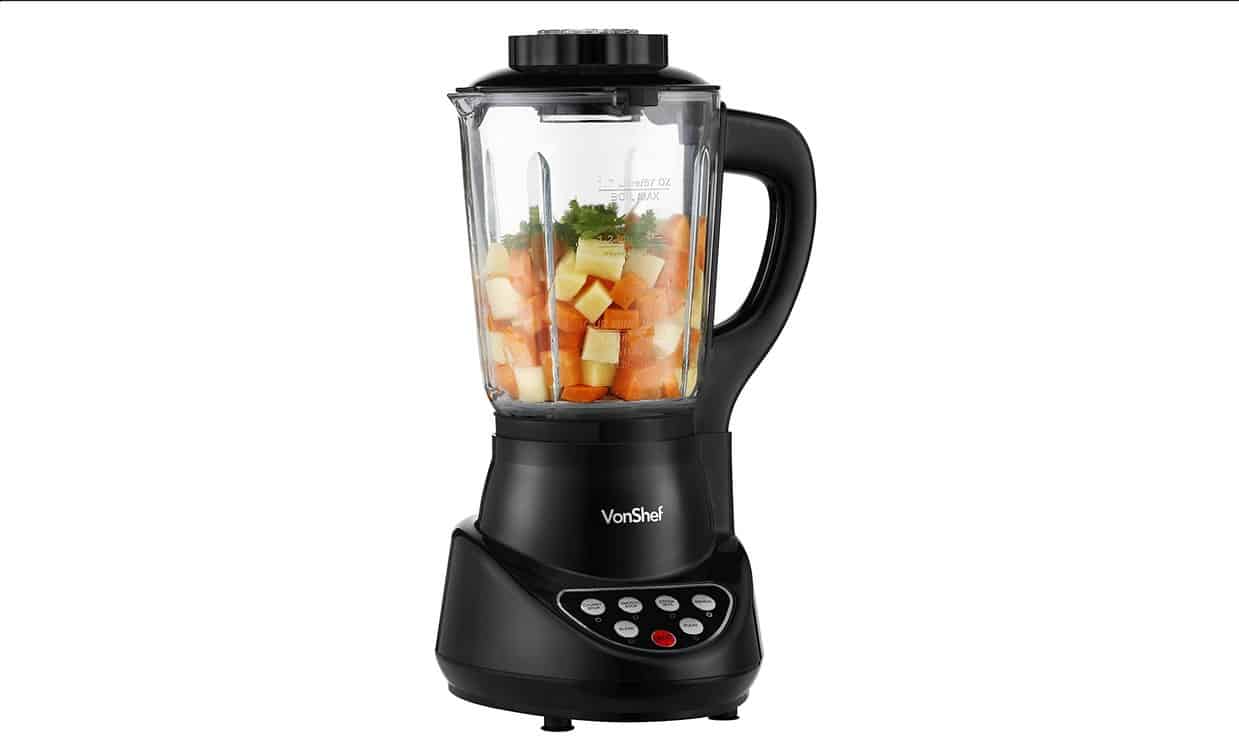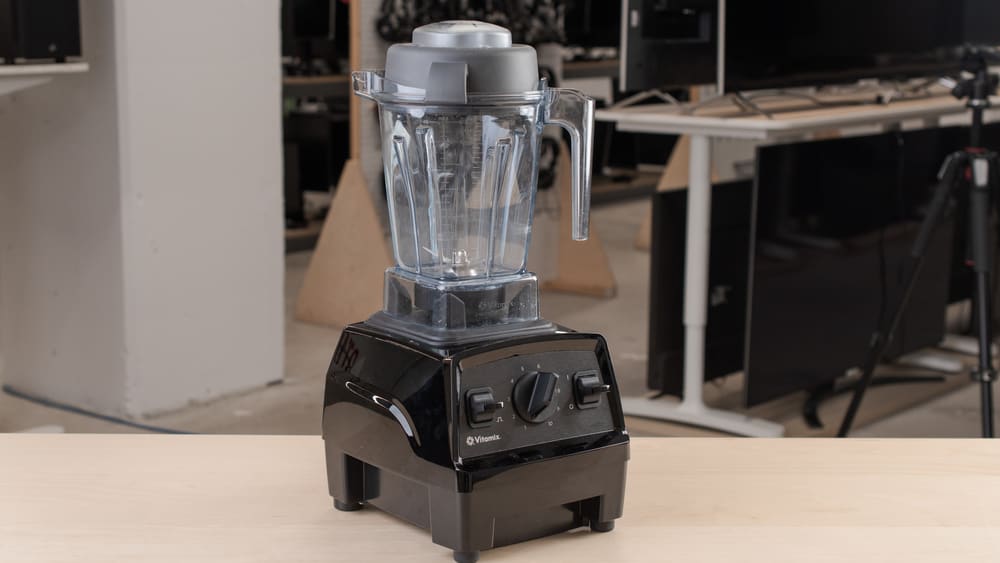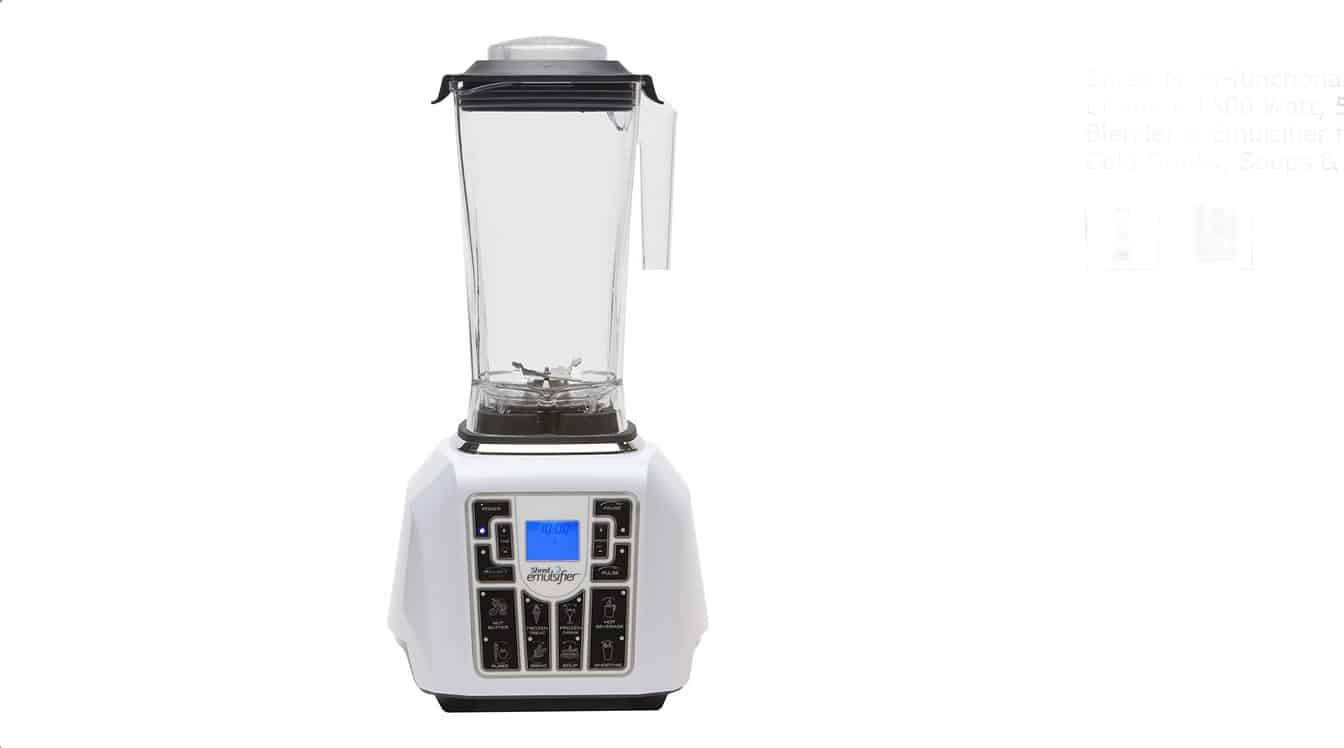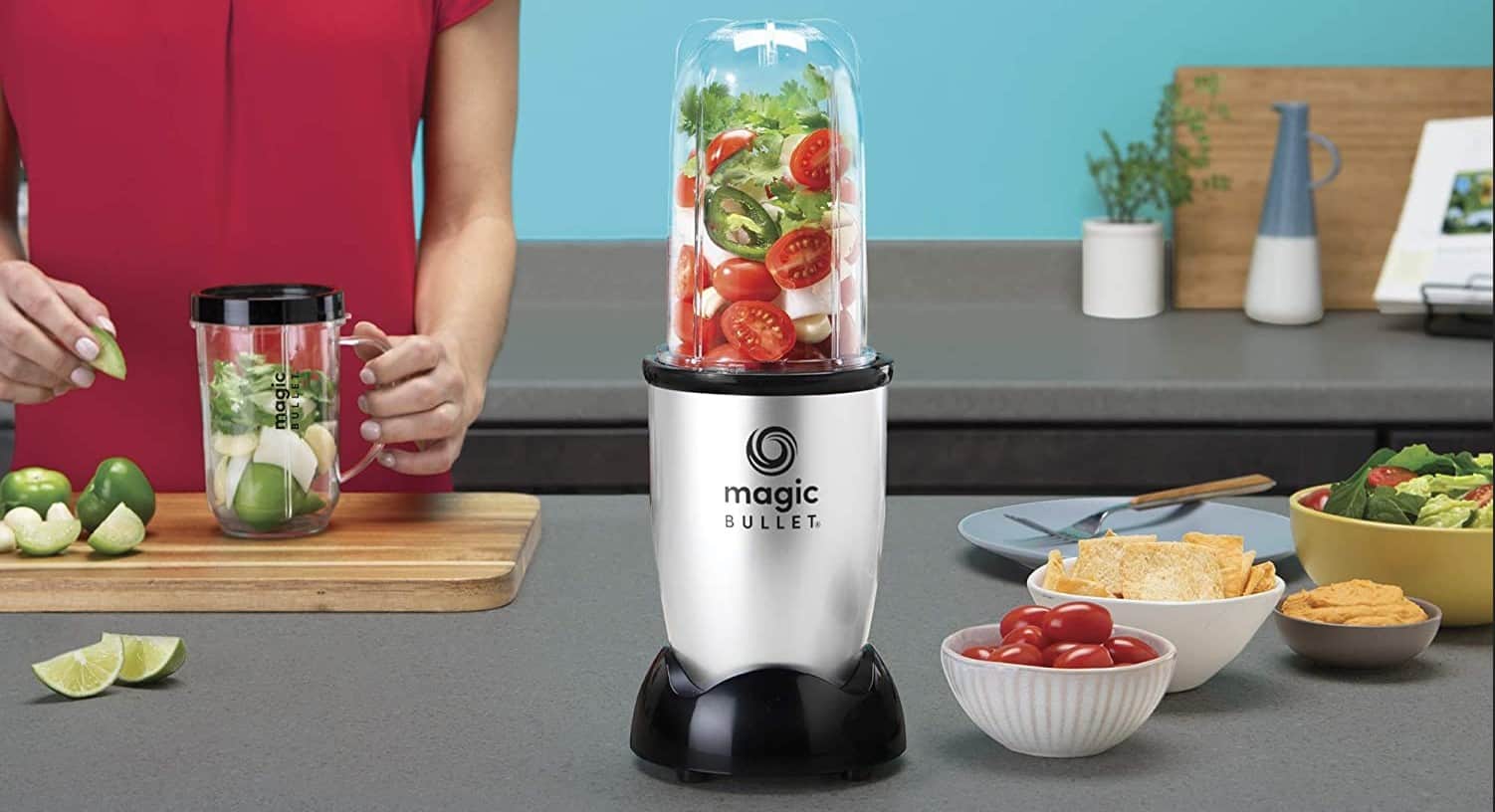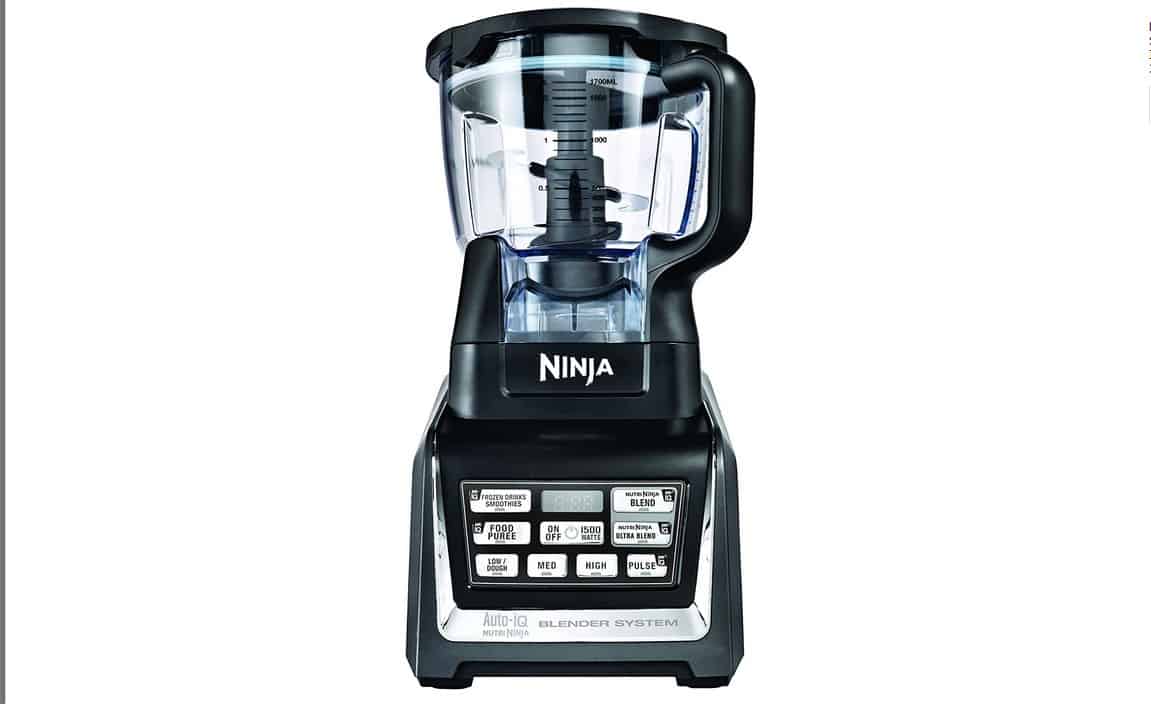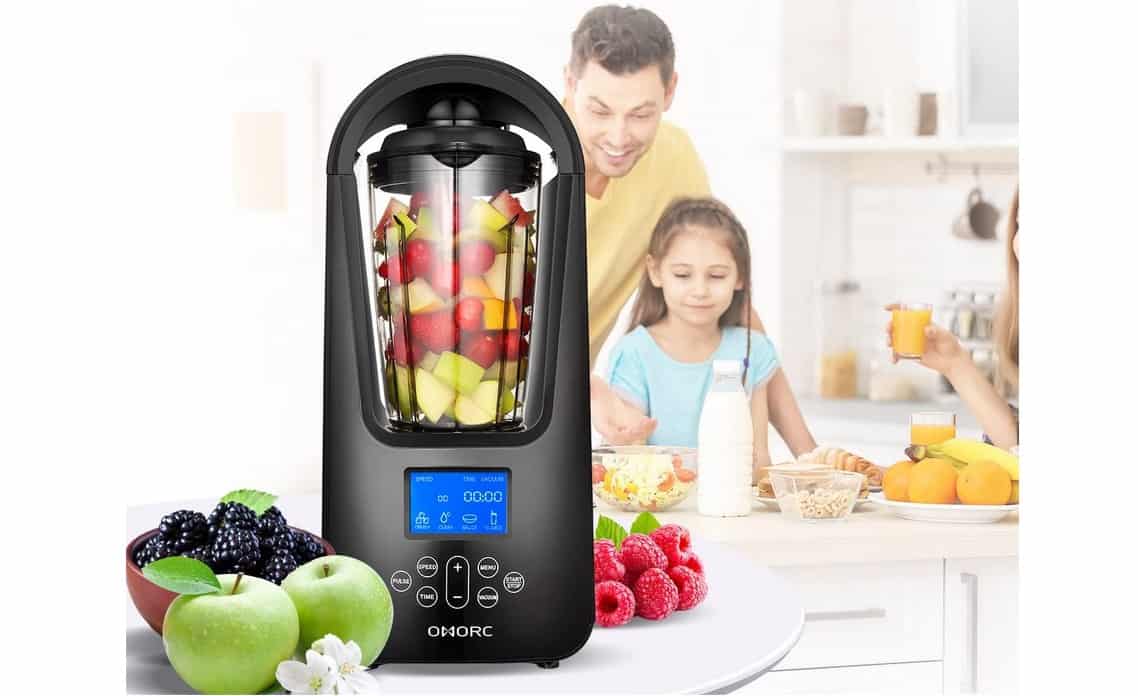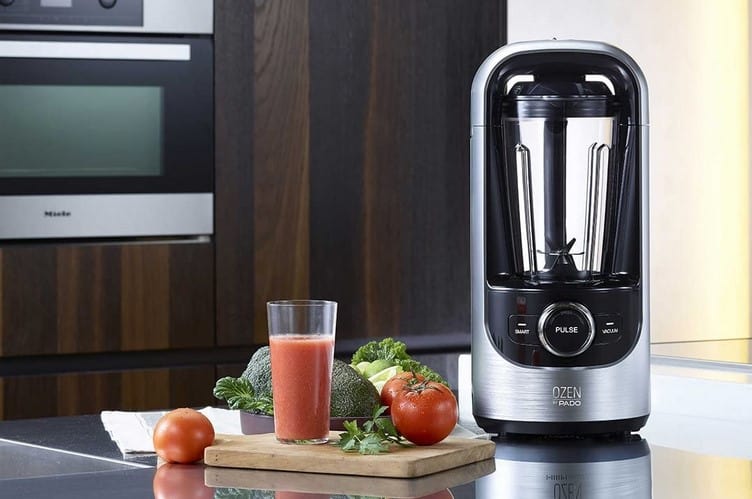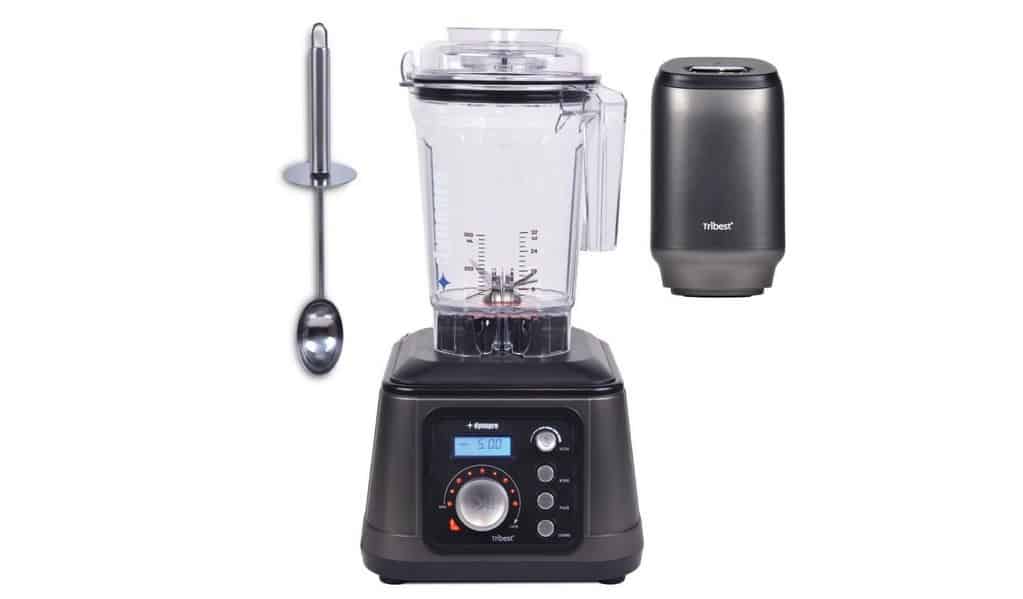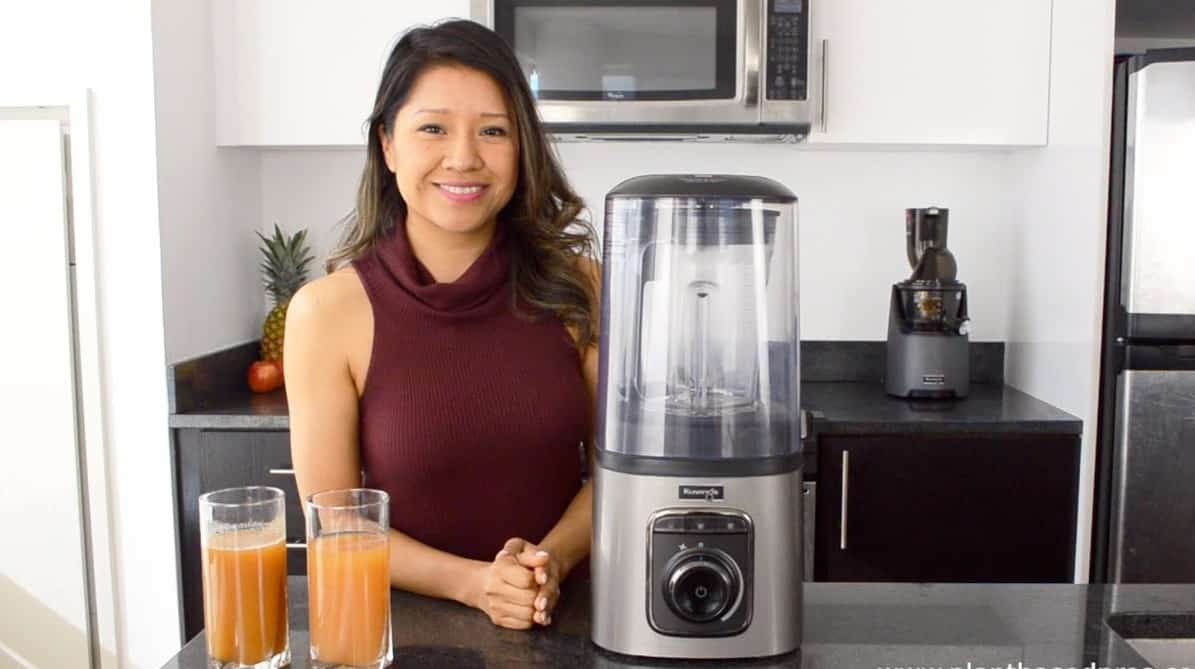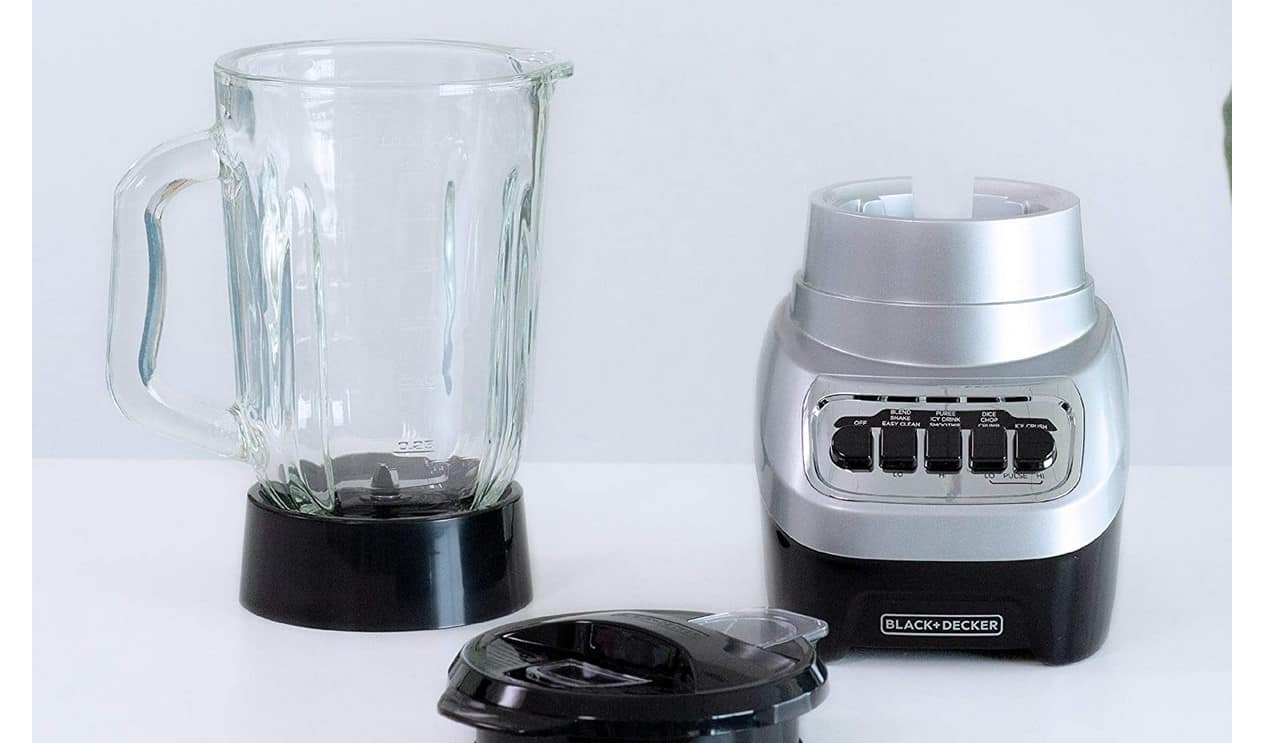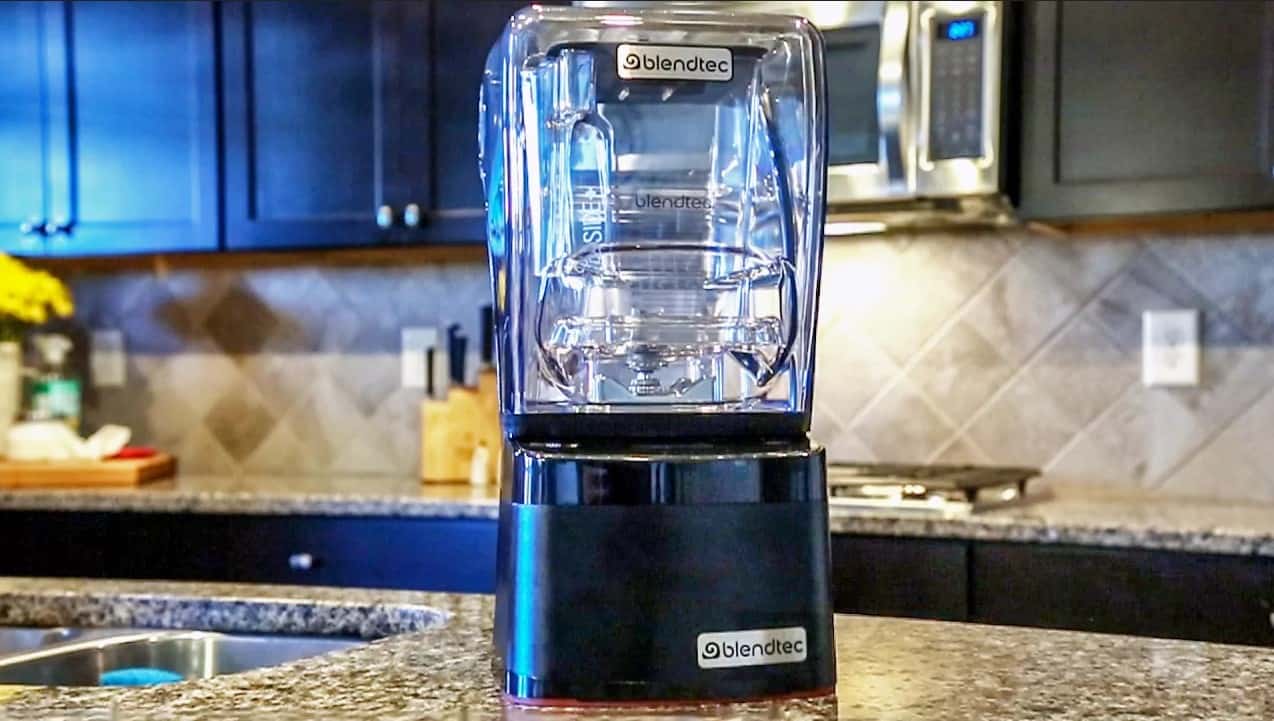How many watts does a blender use? To determine the wattage of the blender, you should consider which type of blender you have and check the device information. For example, a personal blender, handheld blender, or immersion blender may have varying power requirements than a countertop appliance. Professional appliances like a professional blender should offer higher power than most consumer versions, meaning they have a higher wattage. Also, some of the best blenders on the market have more power, so you can do more with them.
KEY TAKEAWAYS:
- The average blender uses anywhere from 300 to 1,000 watts.
- High-powered blenders typically have more than 1,000 watts, and they are becoming more popular among consumers.
- Tougher foods could require a stronger blender and motor than soft, fresh foods when blending.
How Powerful is a Blender Motor/WATTS?
The average standing blender ranges from 300 to 1,000 watts of power. A lower-watt blender obviously runs on less power, but this difference may cost the user some time, especially if you blend harder ingredients. However, a high-powered blender has 1,000 to 1,560 watts of power. In the past, professional chefs used at least a 1,000-watt blender, while all consumer models ran at lower power. However, as blenders have improved, the professional blender range has become more common in higher-end blenders. As a result, high-end blenders may come at a higher cost. So how much should you expect to spend on a blender? Well, it depends on your budget and the tasks you want your blender to perform.
Does Wattage Matter in Blenders?
A high-powered blender blends ingredients more easily and quickly than a low-power blender. These kitchen appliances propel the blades using the power supplied to the motor. As you apply more power, your blades can move faster. Because of this increased speed, higher-end blenders with more powerful motors often have multiple blending speeds from which you can choose. However, electric motors with more power also result in higher energy consumption, which means you use more electricity.
Although countertop models often break down tough types of food, like frozen ingredients, ice cubes, leafy greens, and nuts, it will usually take more time to achieve the desired consistency and texture. Additionally, you may have to move the ingredients within the blending jar more times with a low-power blender than a high-powered one. For example, frozen fruits for fruit smoothies and icy drinks are more challenging to chop than fresh fruit. Users looking to make salad dressings, baby food, and nut butter may want to invest in a powerful product.
How Much Energy Does a Blender Use?
Blenders use a varying amount of power based on their wattage and duration of use. Some websites provide calculators to measure energy consumption. Additionally, if you know your electricity rates, you can determine how much your blender is costing you while you use it. To help ease some of your usage costs, make sure that you include liquids, like water or milk, when you blend. The liquid becomes sucked down toward the blade and is then propelled out, causing the liquid itself to also cut through the foods. If you can, you may also consider doing some food prep, including cutting your fruits or vegetables into smaller pieces before putting them in the blender. Knowing how a blender works can help you make some important decisions like what to use it for and how to keep it in good working order for a long time.
F.A.Q.
Do Blenders Run on Batteries?
Some blenders run on batteries if they are portable or cordless.
Does Wattage Matter in Blenders?
Wattage directly influences the power of the blender, meaning higher wattage usually leads to a higher amount of power within the blender motor.
Is 400W Enough For a Blender?
A blender with 400 watts can blend soft foods but may struggle with tougher ones. This wattage is toward the low end of average.
STAT: A high-powered blender has 1,000 to 1,560 watts of power. (source)

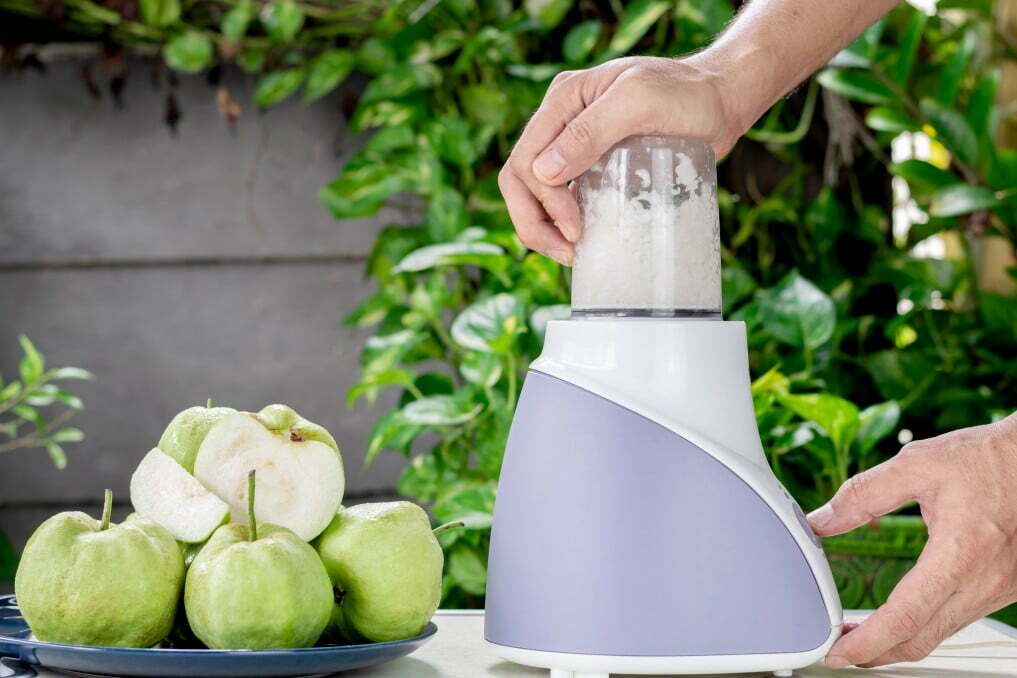













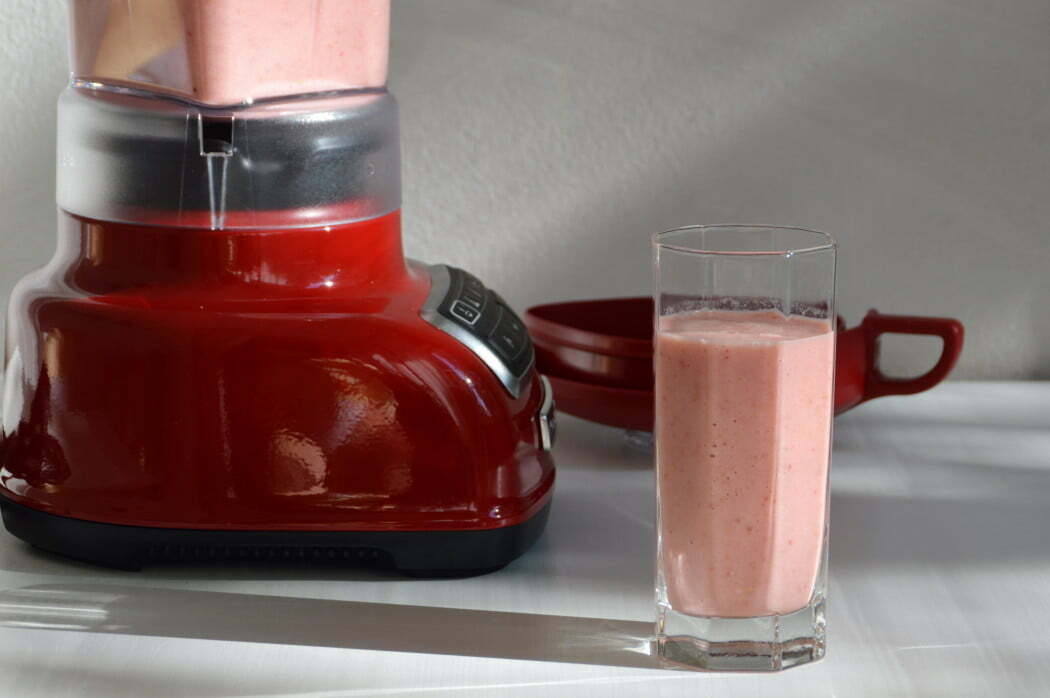
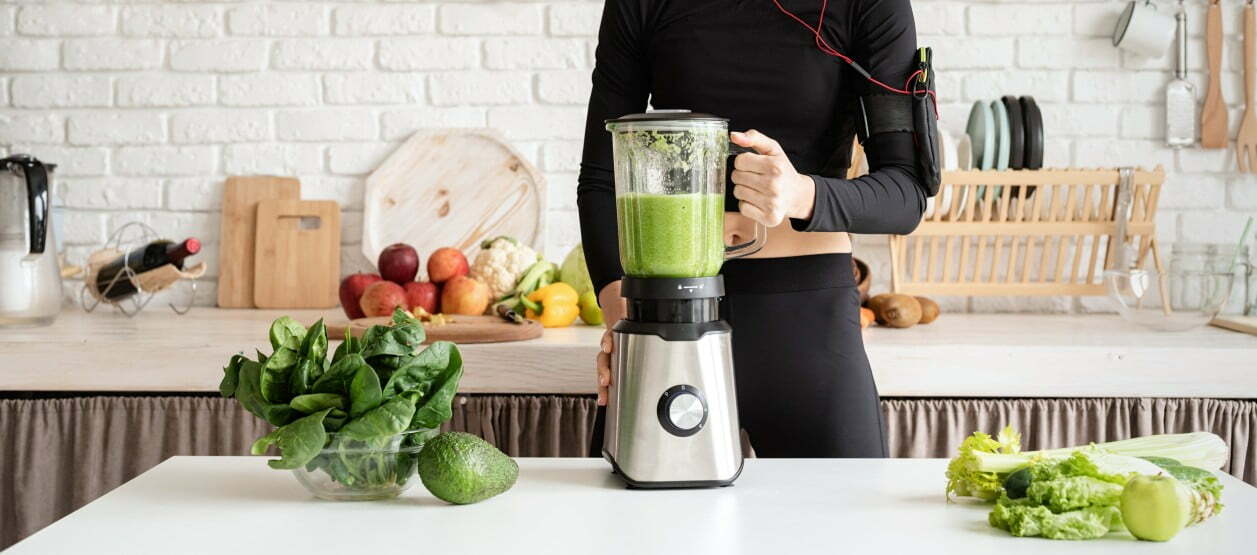
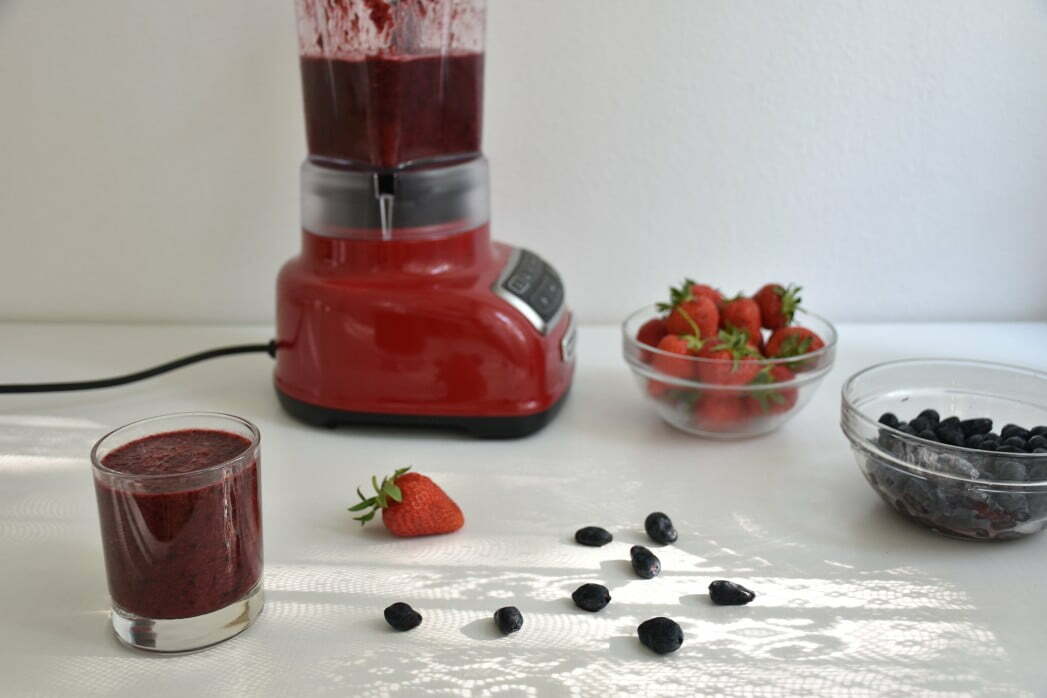
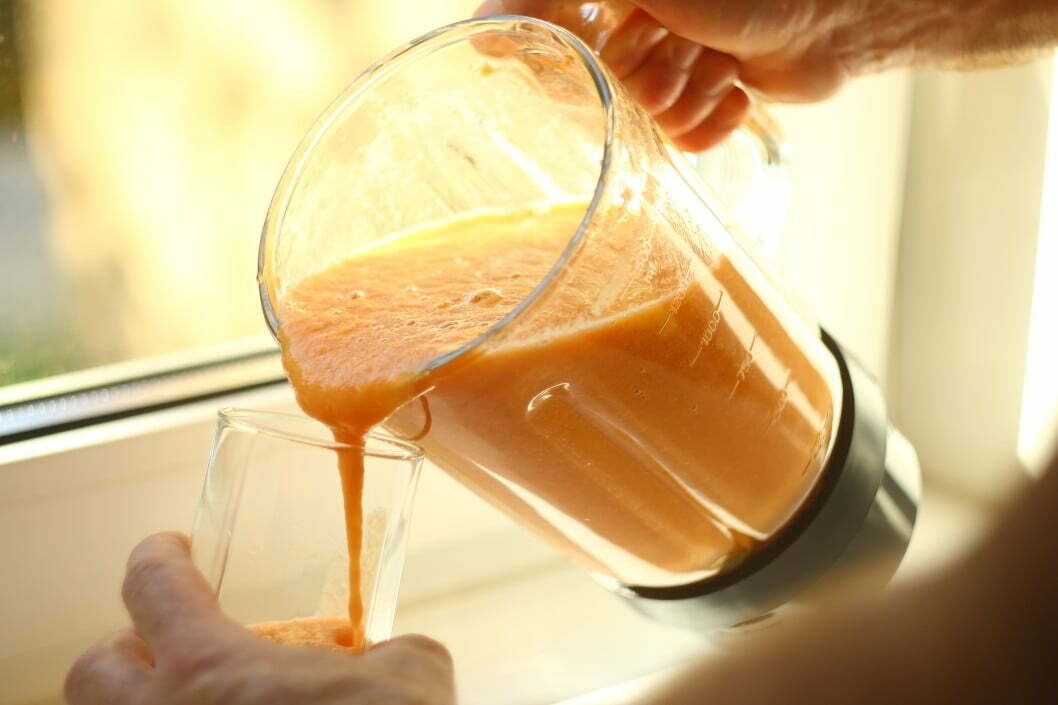
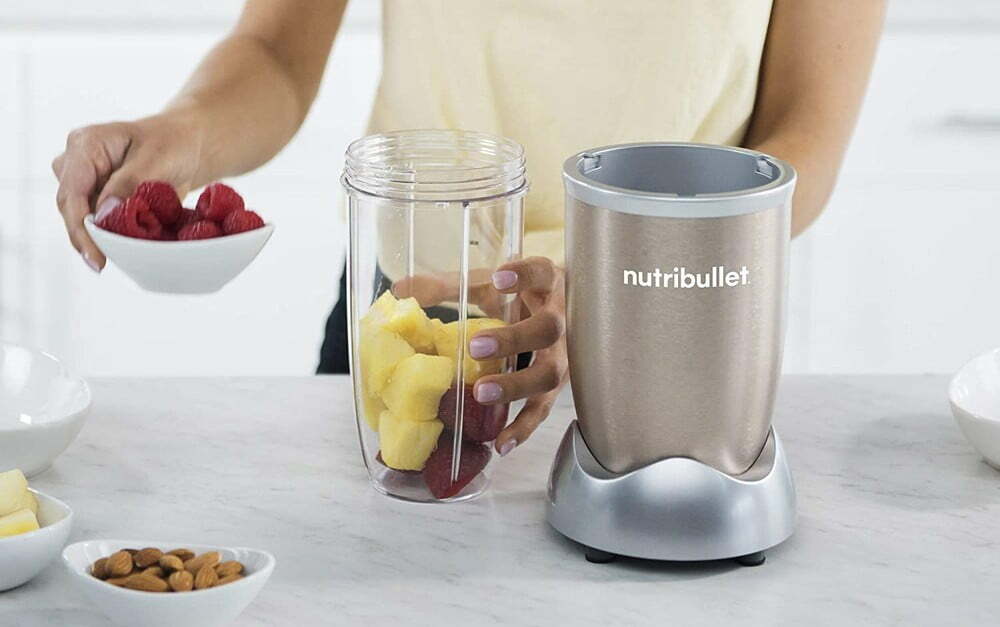

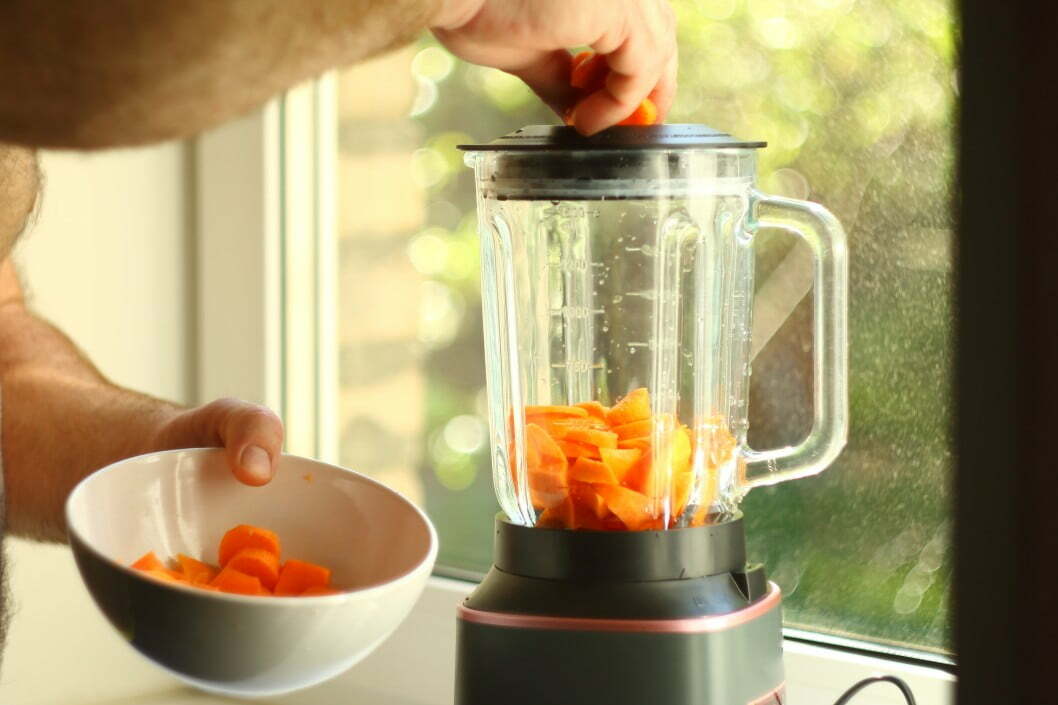
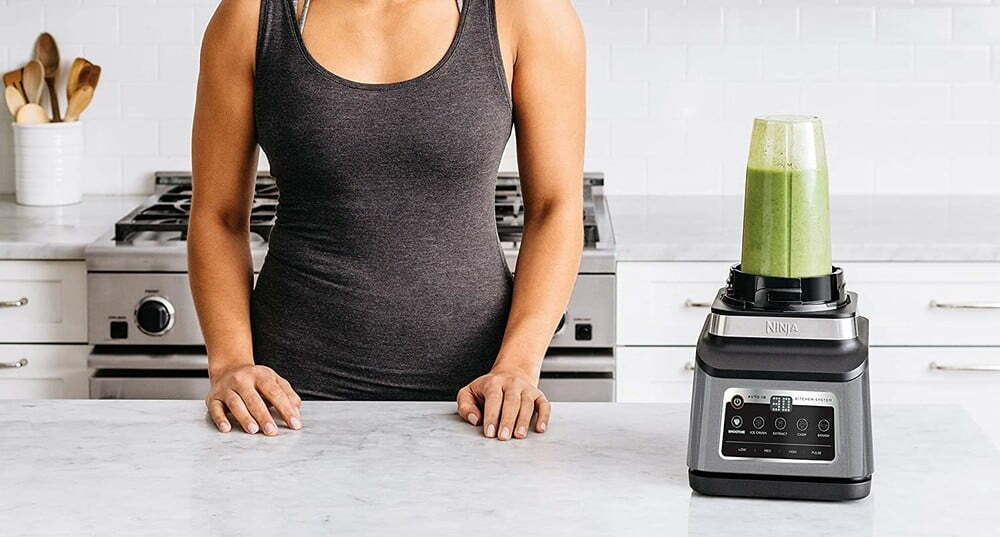
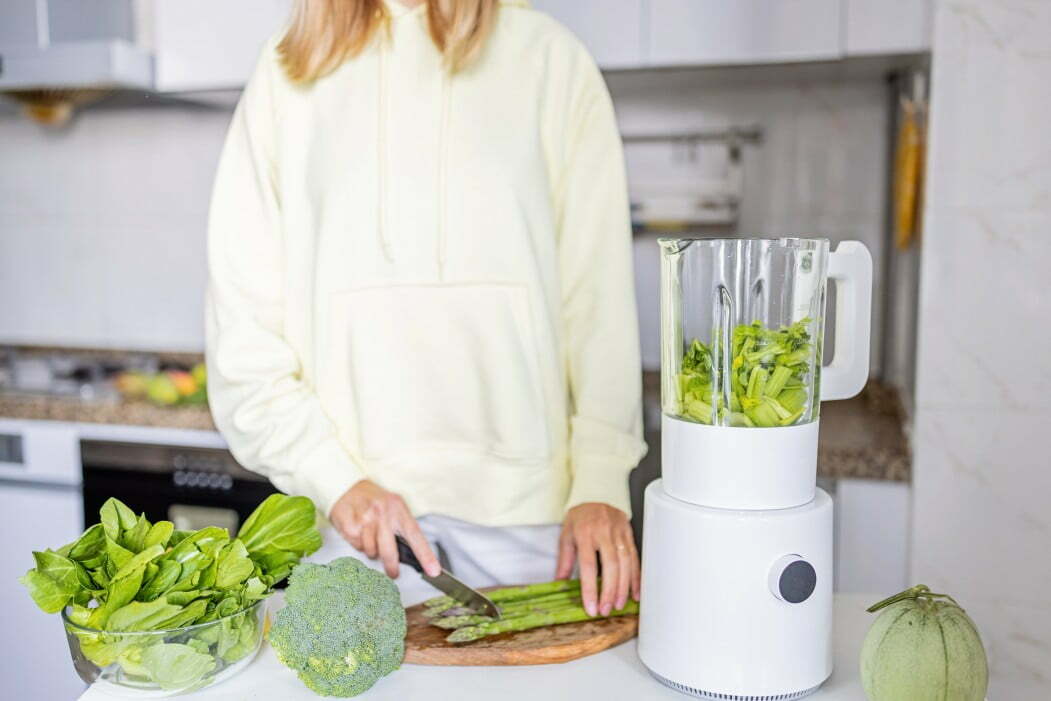

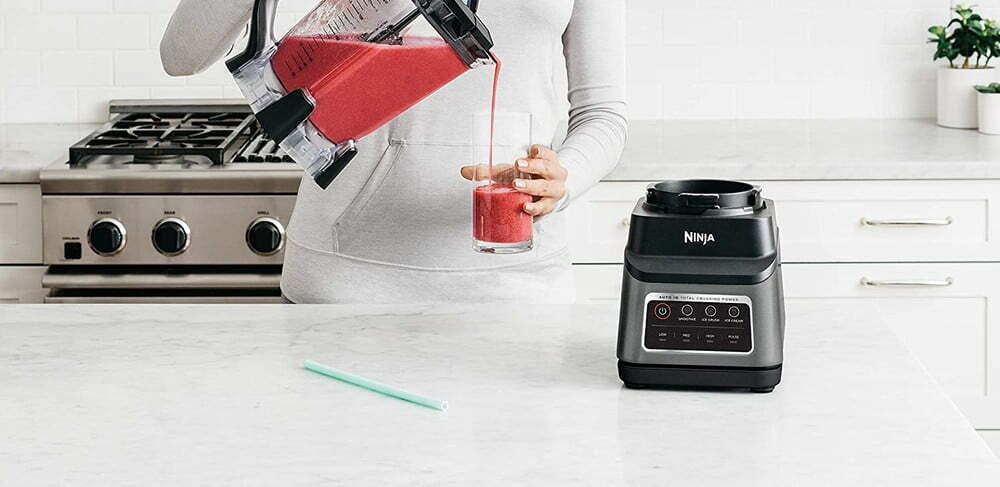
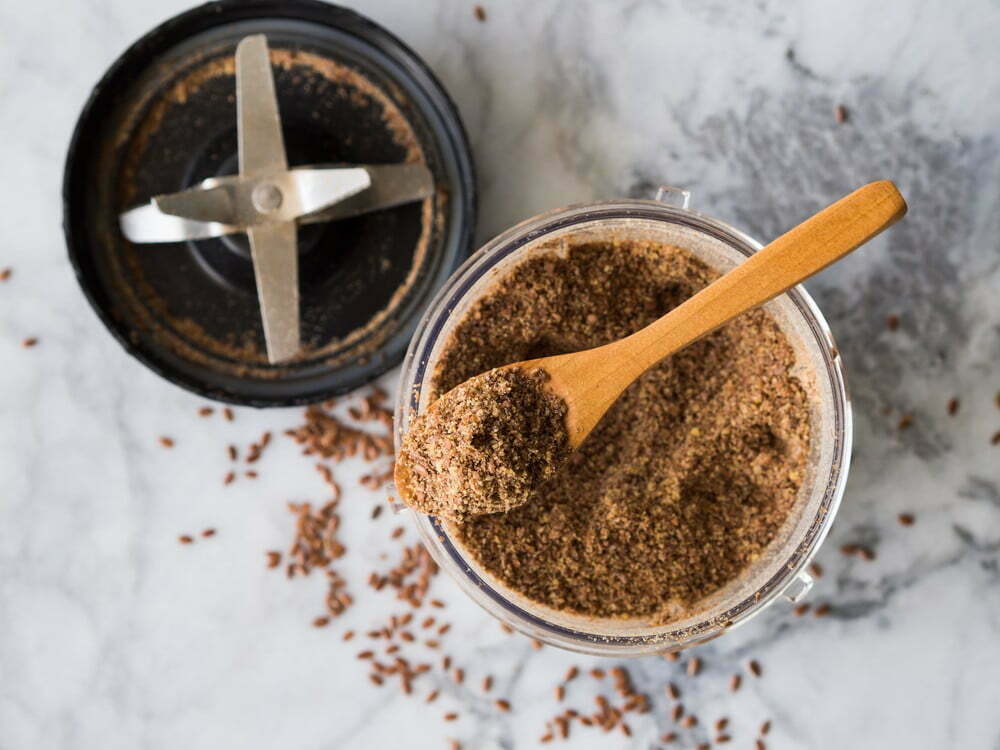
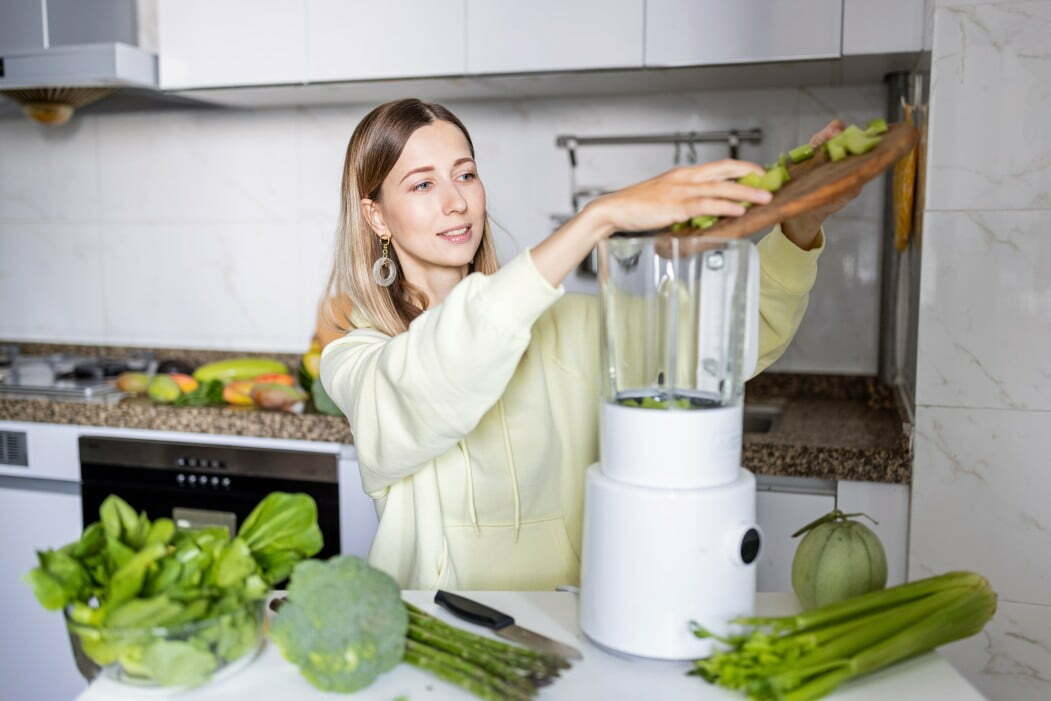
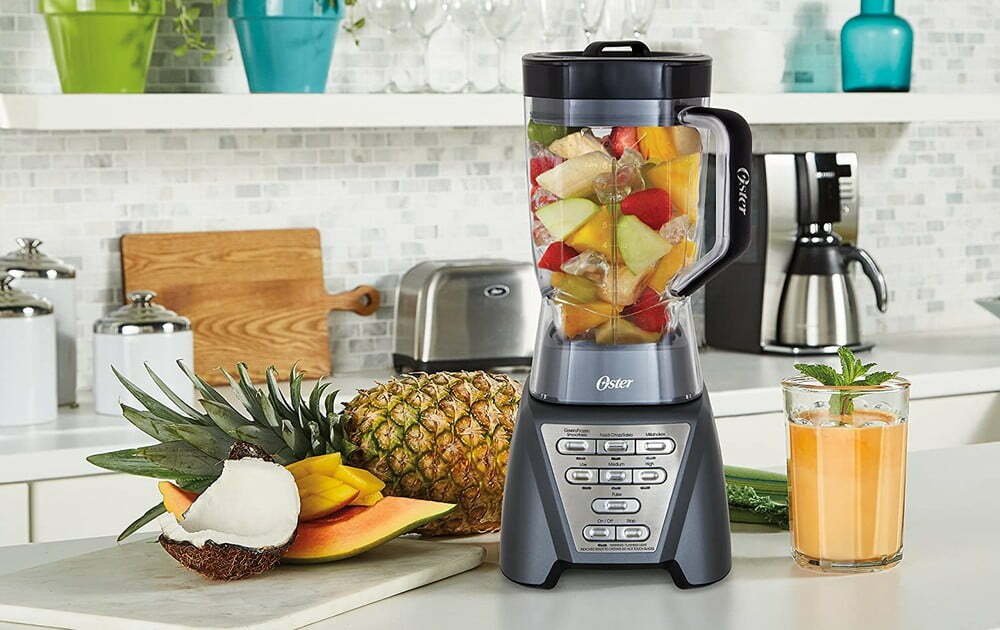

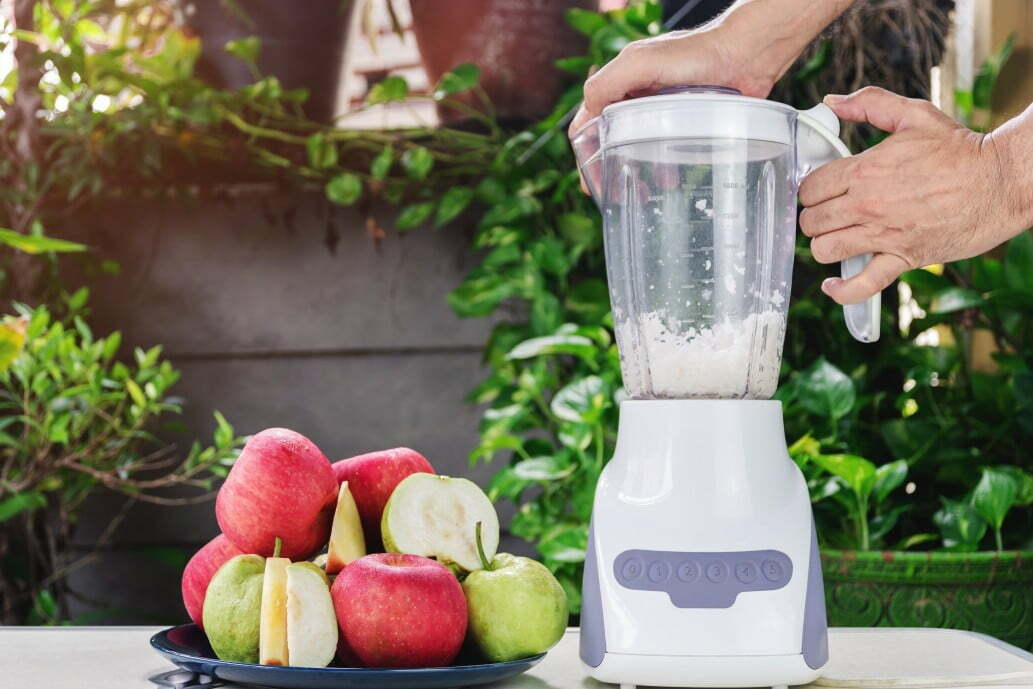
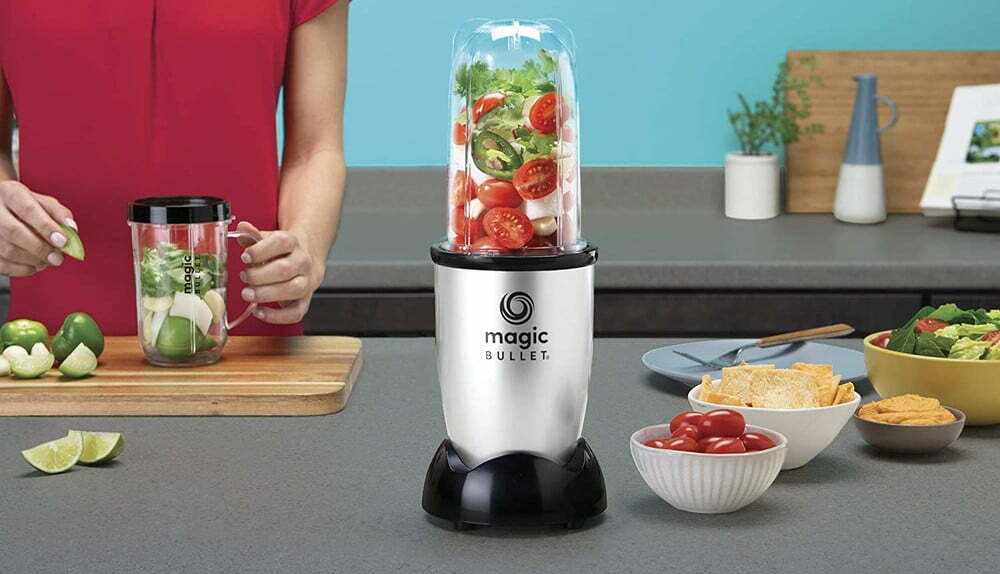
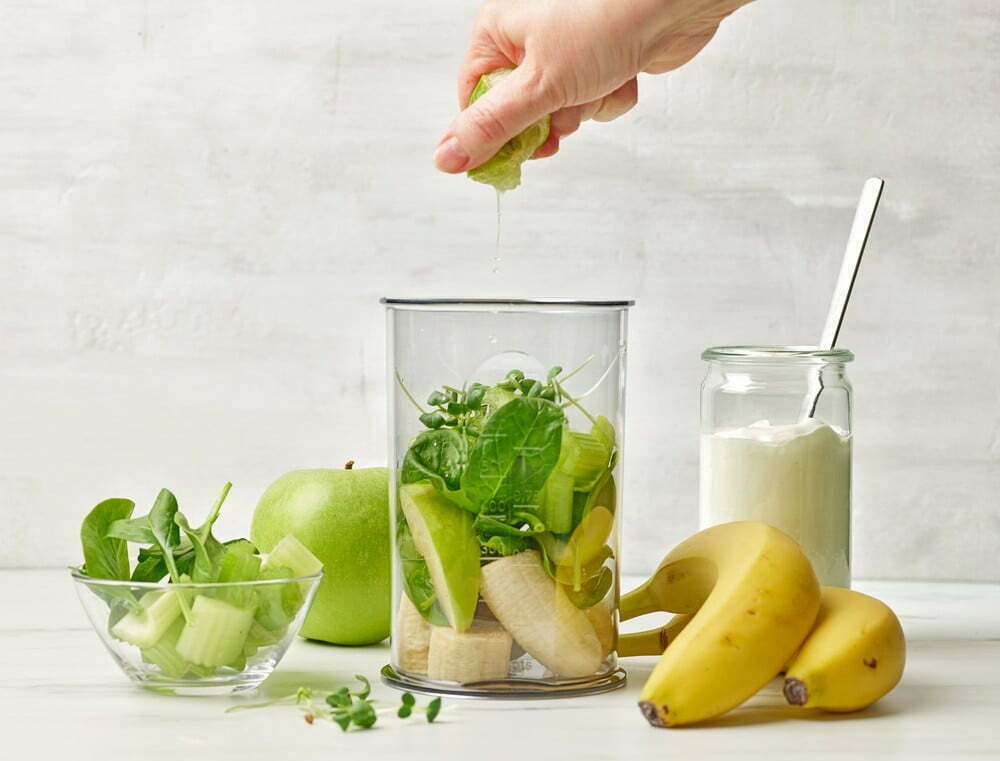
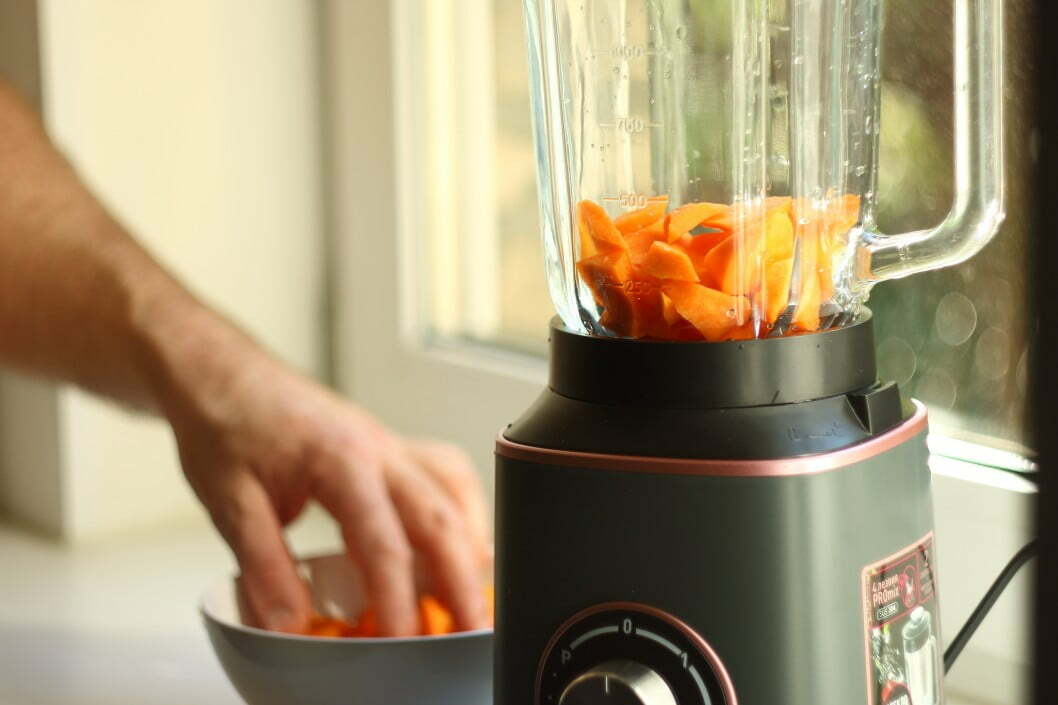
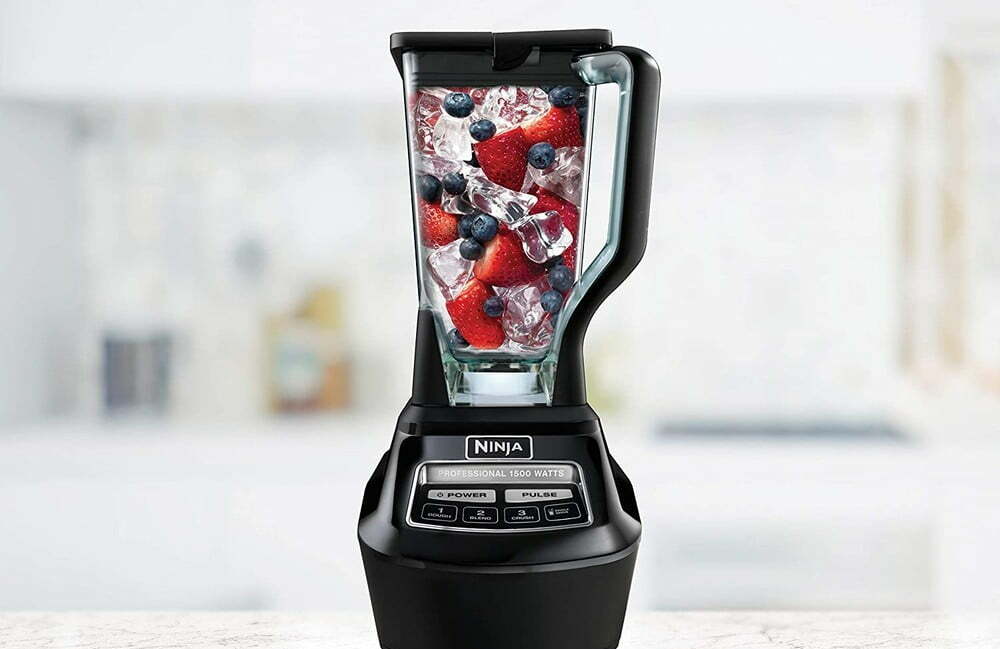
![Best Blender in [year] ([month] Reviews) 27 Best Blender in 2025 (December Reviews)](https://www.gadgetreview.dev/wp-content/uploads/best-blender-image.jpg)
![Best Kitchen Appliances in [year] ([month] Reviews) 28 Best Kitchen Appliances in 2025 (December Reviews)](https://www.gadgetreview.dev/wp-content/uploads/best-kitchen-appliances.jpg)
![Best Blenders for Acai Bowl in [year] 29 Best Blenders for Acai Bowl in 2025](https://www.gadgetreview.dev/wp-content/uploads/best-blender-for-acai-bowl-image.jpg)
![Best Blenders for Vegans in [year] 30 Best Blenders for Vegans in 2025](https://www.gadgetreview.dev/wp-content/uploads/best-blender-for-vegans-image.jpg)
![Best High-Powered Home Blenders in [year] 31 Best High-Powered Home Blenders in 2025](https://www.gadgetreview.dev/wp-content/uploads/best-high-powered-home-blender-image.jpg)
![Best Easy Clean Blenders in [year] 32 Best Easy Clean Blenders in 2025](https://www.gadgetreview.dev/wp-content/uploads/best-easy-clean-blender-image.jpg)
![Best Blendtec Blenders in [year] 33 Best Blendtec Blenders in 2025](https://www.gadgetreview.dev/wp-content/uploads/best-blendtec-blender-image.jpg)
![Best Oster Blenders in [year] 34 Best Oster Blenders in 2025](https://www.gadgetreview.dev/wp-content/uploads/best-oster-blender-image.jpg)
![Best Nutribullet Blenders in [year] 35 Best Nutribullet Blenders in 2025](https://www.gadgetreview.dev/wp-content/uploads/best-nutribullet-blender-image.jpg)
![Best Vitamix Blender in [year] 36 Best Vitamix Blender in 2025](https://www.gadgetreview.dev/wp-content/uploads/best-vitamix-blender-image.jpg)
![Best Quiet Blenders in [year] 37 Best Quiet Blenders in 2025](https://www.gadgetreview.dev/wp-content/uploads/best-quiet-blender.jpg)
![Best Blenders for Protein Shakes in [year] 38 Best Blenders for Protein Shakes in 2025](https://www.gadgetreview.dev/wp-content/uploads/best-blender-for-protein-shakes.jpg)
![Best Blenders for Milkshakes in [year] 39 Best Blenders for Milkshakes in 2025](https://www.gadgetreview.dev/wp-content/uploads/best-blender-for-milkshakes.jpg)
![Best Blenders for Margaritas in [year] 40 Best Blenders for Margaritas in 2025](https://www.gadgetreview.dev/wp-content/uploads/best-blender-for-margaritas.jpg)
![Best Blenders for Nut Butter in [year] 41 Best Blenders for Nut Butter in 2025](https://www.gadgetreview.dev/wp-content/uploads/best-blender-for-nut-butter.jpg)
![Best Ninja Blenders in [year] 42 Best Ninja Blenders in 2025](https://www.gadgetreview.dev/wp-content/uploads/best-ninja-blender.jpg)
![Best Commercial Blenders in [year] 43 Best Commercial Blenders in 2025](https://www.gadgetreview.dev/wp-content/uploads/best-commercial-blender.jpg)
![10 Best Portable Blenders for Travel in [year] 44 10 Best Portable Blenders for Travel in 2025](https://www.gadgetreview.dev/wp-content/uploads/best-portable-blender-for-travel.png)
![10 Best Vacuum Blenders in [year] 45 10 Best Vacuum Blenders in 2025](https://www.gadgetreview.dev/wp-content/uploads/best-vacuum-blender.jpg)
